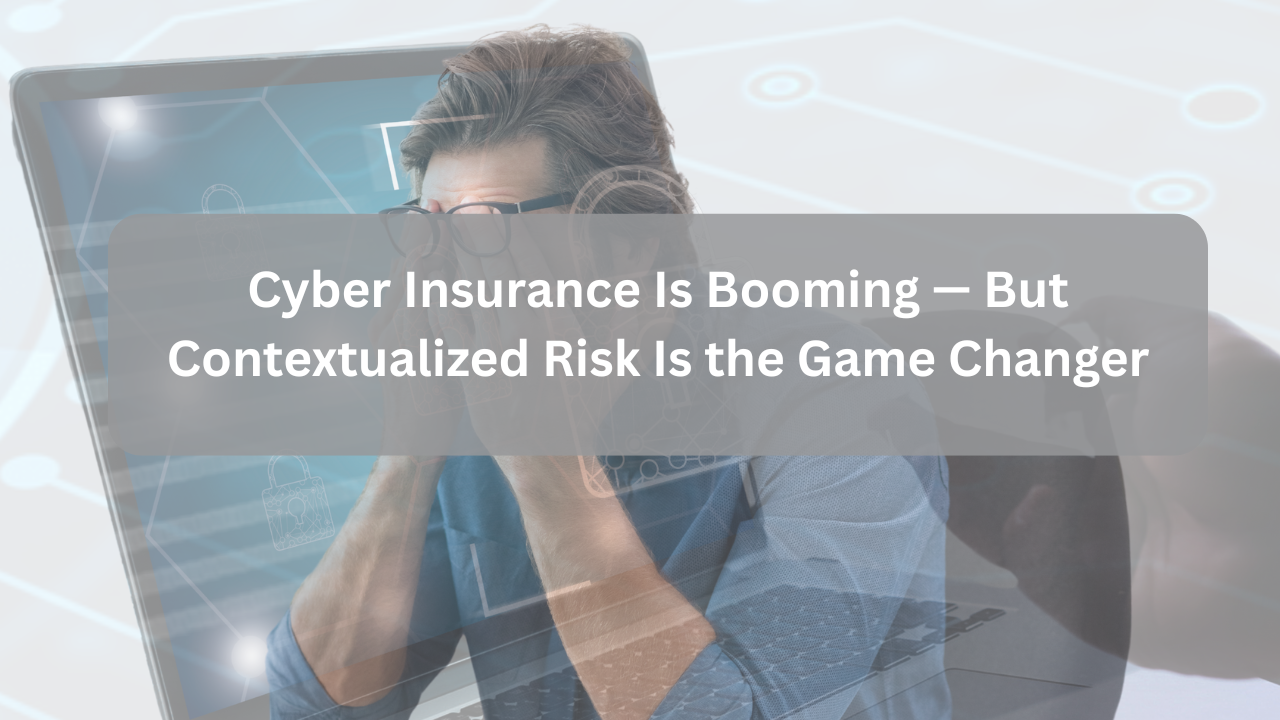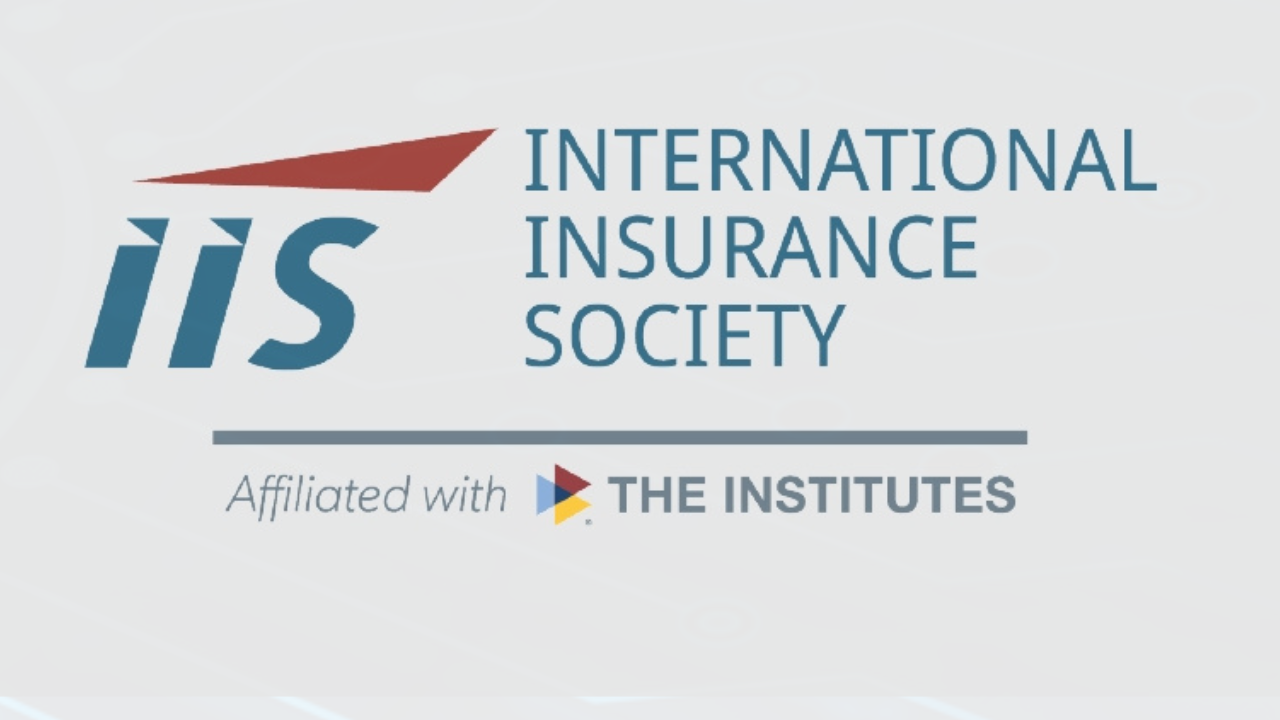
The global cyber insurance market is in the midst of extraordinary growth. Recent reports project that the market will surge from $12.3B in 2025 to over $52B by 2033, with major players like AIG, Chubb, AXA XL, and Allianz at the forefront. This expansion is powered by a surge in cyberattacks, tightening regulations, the cost of ransomware, and the broad adoption of remote work.
Yet, beneath the headlines about premium spikes and expanding policy types, a critical challenge persists: How do insurers and businesses quantify cyber risk accurately, and ensure insurance coverage matches actual exposure?
The Problem: Traditional Cyber Risk Assessment
For most insurers and insured organizations, risk quantification has long relied on generic severity scores and lists of “known vulnerabilities.” But threats alone don’t create business risk. Insurers struggle to assess policyholder exposure when risk assessments are disconnected from the real impact on assets and business operations. This leads to volatile claims, costly payouts, and inconsistent premium pricing.
The Shift: Contextualization Is the Future
Innovators in cyber insurance are rethinking risk analysis. Modern cyber policies increasingly demand granular, contextualized risk data—not just counts of vulnerabilities, but insights linking:
-
Which threats are exploitable
-
Which assets would be affected
-
The likely financial impact of an incident
This context enables precise coverage, smarter underwriting, and demonstrable mitigation for both insurers and insurees.
Where Astragar Fits: Quantifying, Contextualizing, and Communicating Cyber Risk
Astragar stands out in this dynamic landscape by delivering the critical missing piece: contextualized cyber risk quantification.
-
For Insurees: Astragar’s platform helps organizations map vulnerabilities to business impact — prioritizing weaknesses that truly matter. Our solutions translate technical risk into financial terms, so clients can prove their mitigation efforts to insurers, justify investments in controls, and ensure their premiums reflect reduced risk—rather than arbitrary scores.
-
For Insurers: Astragar provides the clarity and evidence underwriters crave. Our platform ingests vulnerability data, layers in real-world exploit intelligence, and expresses cyber exposure in asset-centric, financial language. Insurers can optimize policy designs, set premiums with greater confidence, and build trust by offering clients tools to demonstrate proactive risk management.
Why Contextualization Is a Game Changer
-
Alignment: Coverage matches true risk—no more over- or under-insurance.
-
Efficiency: Faster, more accurate underwriting; fewer surprises from correlated losses.
-
Trust: Insurees gain credibility with evidence-based risk mitigation reports; insurers grow loyalty and retention.
-
Resilience: Both sides are empowered to adapt to evolving threat landscapes with data-driven strategy.
Conclusion: Leading the Future of Cyber Insurance
As cyber threats accelerate and insurance products evolve, contextualized risk quantification will define winners in the market. Astragar’s mission—“the future of cyber risk quantification: contextualization”—is to equip both insurers and businesses with the tools, intelligence, and insight needed to thrive amid unprecedented uncertainty.
Whether you’re a risk manager, underwriter, or executive shaping your company’s cyber posture, Astragar delivers clarity where it matters most—at the intersection of threat, vulnerability, and business impact.



